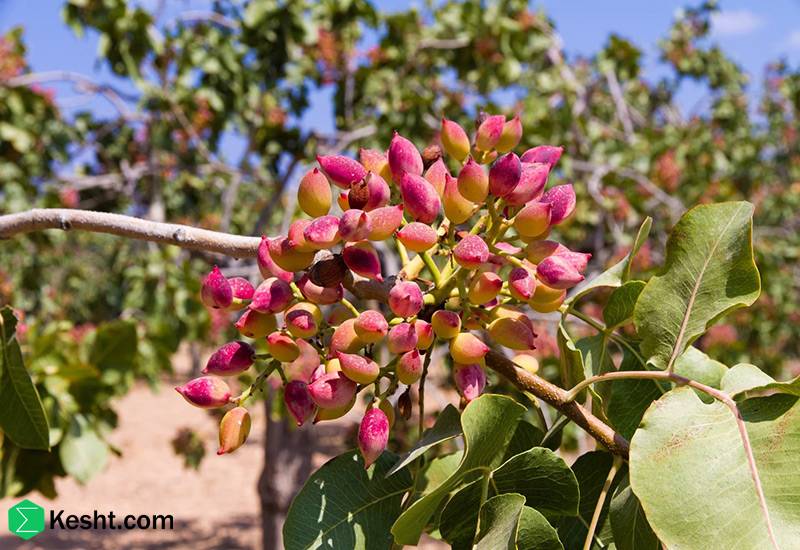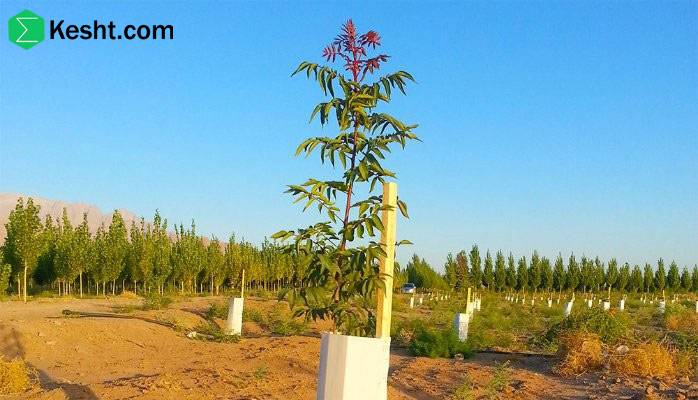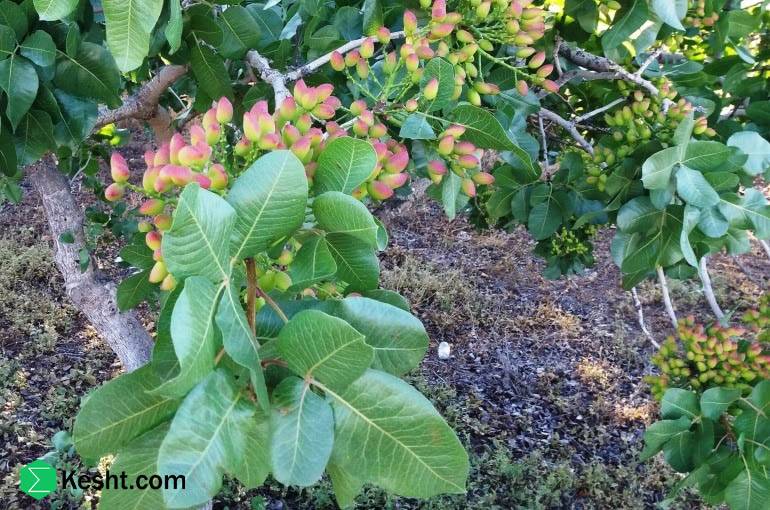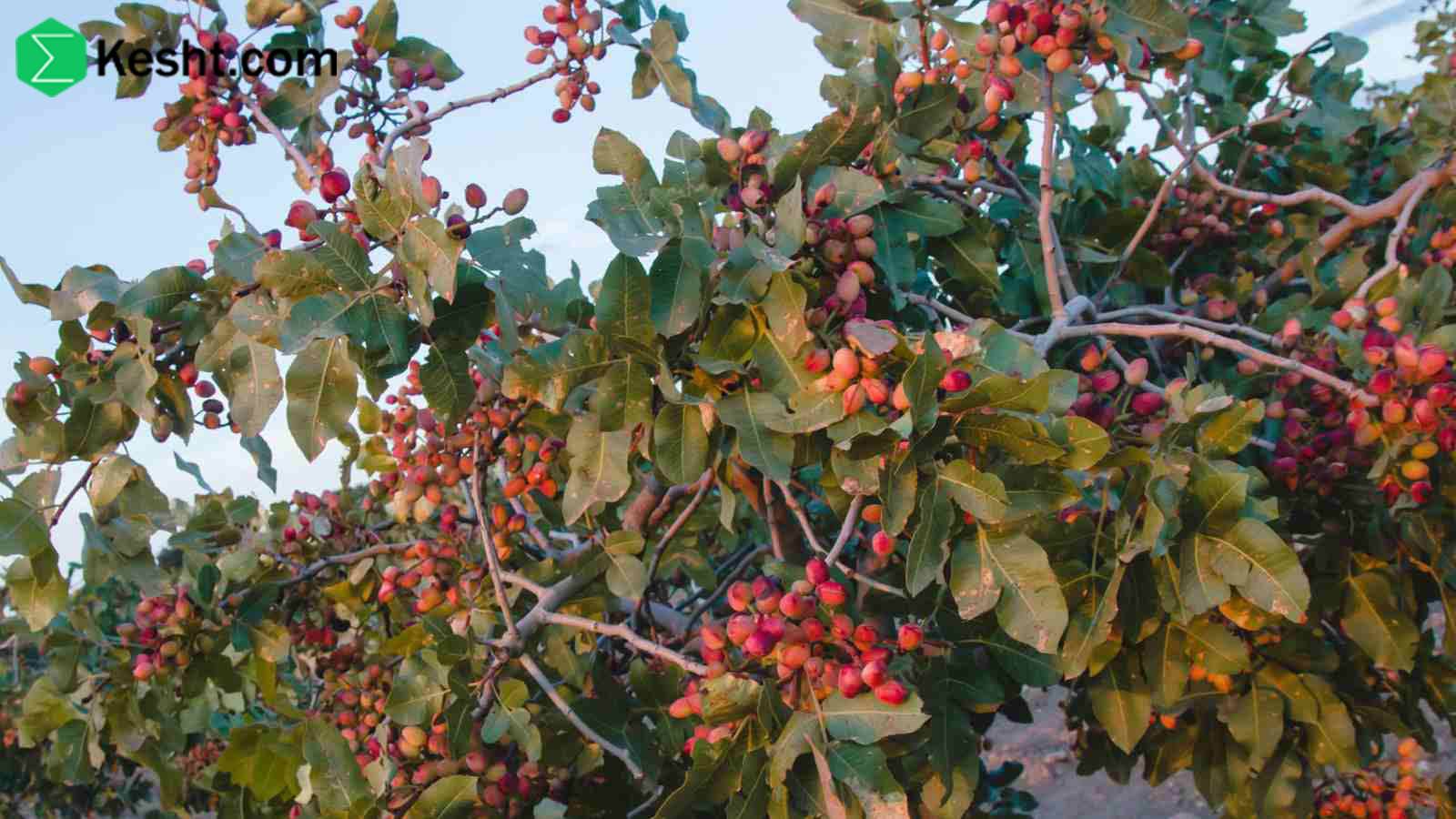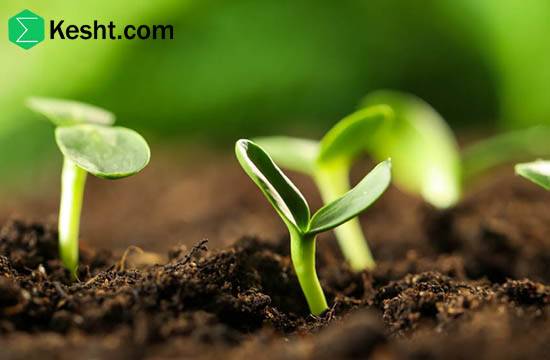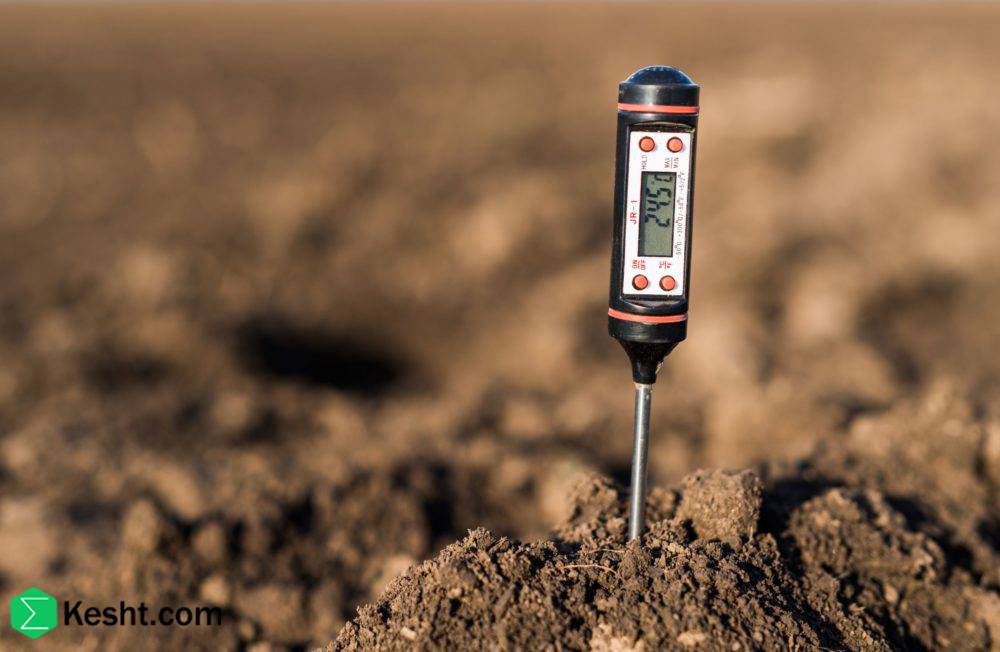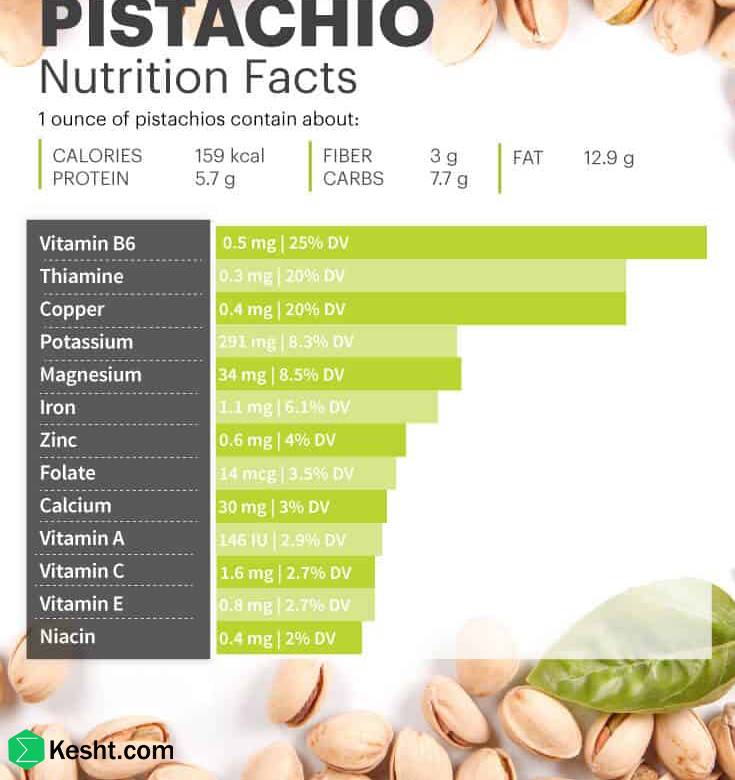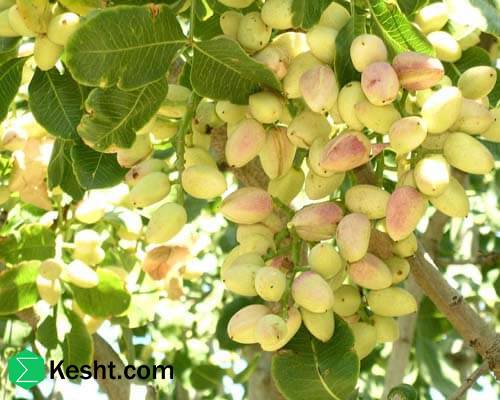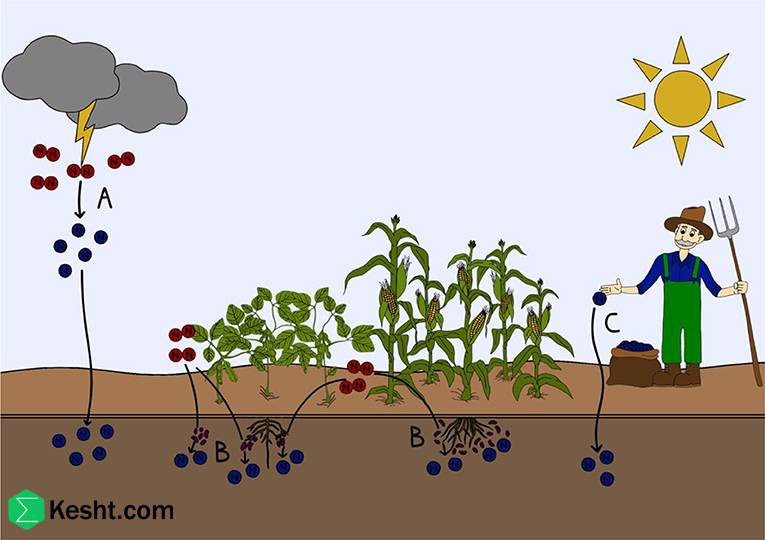How to choose the best pistachio sapling
How to choose the best pistachio sapling A practical guide to selecting the right pistachio tree At a glance - The “best” sapling = the right match of rootstock × scion (cultivar) × your site (climate, soil, water) + a reputable nursery. - Choose the rootstock first, then the female scion, then male pollinizers. Inspect sapling quality and the health of the roots/graft carefully. - For commercial orchards, always buy certified, grafted saplings. Ungrafted seedling trees are a high economic risk. Step-by-step selection 1) Define your site conditions - Climate: Is spring frost a risk? Is winter chill usually sufficient or borderline? - Water: EC/SAR and problematic ions (boron, chloride). How is field drainage? - Soil: Depth/texture, calcareous/sodic status, history of waterlogging. - Soil disease history: Especially Verticillium or replanting after an old orchard. - Target market: Large, export-grade nuts or domestic/processing markets.

